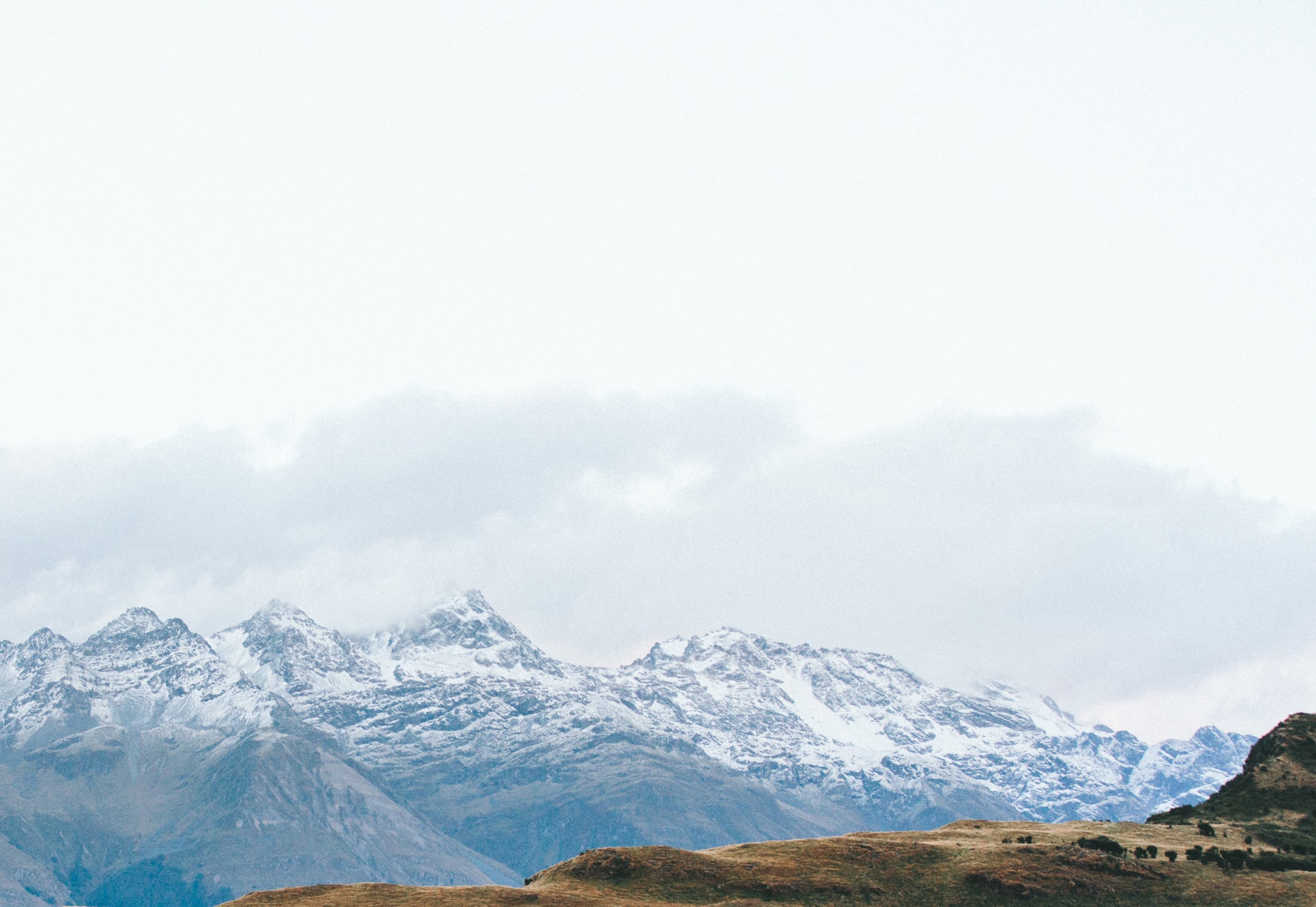
Big Powderhorn Mountain Resort | 2025–2030 Sustainability Roadmap
Western U.P. | Bessemer | Ironwood Twp. | Gogebic Range
253 skiable acres
45 runs
10 lifts
400 ft vertical
Lake Superior’s snowbelt
The hill sits in a lake-effect zone with historically heavy snowfall (Ironwood long-term normals ~186–188 in/yr), but winters show rising variability (e.g., record-mild 2023–24 across the U.P.). Energy-hungry snowmaking and stormwater management are, therefore, the big environmental levers.
The Ironwood/Bessemer area is served by Xcel Energy (Northern States Power-WI) in parts of Gogebic County (incl. Bessemer & Ironwood Townships), useful for green-power procurement.
Material Topics
Energy & Snowmaking Efficiency 2) Water/Runoff & Watershed
Waste & Materials 4) Workforce, Access & Community
Governance & Transparency
2030 Targets (SMART; baselines modeled for mock)
Regional benchmark: Boyne Resorts targets net-zero by 2030 and 100% clean electricity, a useful aspiration level for Midwest resorts.
-
Pillar
Scope 1+2 tCO₂e
Renewable Electricity
Snowmaking Intensity
Waste Diversion
Watershed
Community
Governance
-
2024 Baseline (modeled)
1,200 tCO₂e
10%
Legacy Mix
35%
ad hoc BMPs
150 youth passes/yr; 20% local F&B
No formal ESG
-
2030 Target
-40%
≥ 80%
−25% kWh/acre-ft; −30% water/acre-ft
90%
Sitewide BMPs
500 passes/yr; 50% local
Annual ESG digest + Supplier Code
-
How
Efficiency + on-site PV + green tariff/RECs
~250 kW PV by 2026 + utility green power
Low-energy guns + automation (wet-bulb optimization)
Compost, vendor take-backs, TRUE-ready SOPs
Bioswales, filtration, vegetated buffers along Powder Mill Creek corridor
School partners + regional sourcing MOUs
GRI/SASB mapping; quarterly ESG Council

Key Initiatives
-
Low-energy guns + automation: Replace legacy air/water heads; add central controls that fire only at optimal wet-bulb temps. NSAA notes modern equipment & automation materially reduce energy/resource intensity. Case studies show double-digit % drops in $/acre-ft with automation.
On-site PV + procurement: Site a ~250 kW ground/roof PV near base area (modeled output ~300 MWh/yr), then cover remaining load via Xcel green-power/REC options. (Exact program selection would follow a tariff review.)
Plant optimization: VFDs on pumps/compressors; lodge weatherization; LED everywhere; lift housekeeping (drive optimization, cabin heating controls).
-
Stormwater BMPs: Permeable surfaces in parking; oil-grit separators at maintenance; vegetated swales/filters along the Powder Mill Creek corridor to reduce sediments/nutrients during melt. (Local creek/falls context tied to resort vicinity.)
Smart metering: Ultrasonic meters on snowmaking intakes/returns to quantify acre-feet; annual “water budget” summary.
-
TRUE-ready 90% diversion: Front-of-house sorting; back-of-house compost; vendor take-back for F&B and retail packaging; rental/repair shop to extend gear life; annual waste audit and month-over-month dashboard.
-
Local hiring & training: Paid apprenticeships with Gogebic Community College; safety & avalanche awareness refresh with Ski Patrol; ride-share + seasonal housing pilot.
Access: 500 youth passes/yr, school bus days, “gear library” weekends with regional partners; internships for local students.
-
Quarterly ESG Council (ops, patrol, rental/F&B, community rep).
Supplier Code of Conduct (environment, labor, ethics) with yearly attestations.
Public reporting: Short Annual ESG Update (web one-pager) + KPI dataset; methods/boundaries box; third-party review when mature.
Modeled KPI Glidepath
Renewable electricity: 10% → 80% by 2030 (PV + green supply).
tCO₂e (Scope 1+2): 1,200 → 720 (−40%).
Snowmaking energy: −25% kWh/acre-ft via equipment & automation.
Water per acre-ft: −30% (nozzle upgrades + controls).
Waste diversion: 35% → 90%.
Local F&B: 20% → 50%.
Youth access: 150 → 500 passes/yr.
Risk & Resilience (localized)
Winter variability: NWS/NOAA documented record-mild 2023–24 across the U.P., stressing reliance on efficient, automated snowmaking and diversified 4-season ops.
Hydrology: Heavy lake-effect swings → stormwater surges; BMPs lower runoff risks to Powder Mill Creek/Black River corridor.
Power price/reliability: PV and efficiency hedge volatility; explore storage as economics improve.
Methods & Boundaries
Period: FY2024 baseline; goals 2025–2030.
Boundary: Lifts, lodges, rental/maintenance, snowmaking, on-site vehicles (Scope 1+2). Screen Scope 3 in 2026 (guest travel, supply chain, capital goods).
Verification: Internal QA in Y1–2; optional third-party assurance later.
Frameworks: GRI Tourism mapping, SASB Leisure Facilities; benchmarked to Boyne “ForeverProject” for ambition context.
This sustainability roadmap is a mock project created for portfolio and educational purposes. It is not an official publication of Big Powderhorn Mountain Resort. All performance metrics and projections are modeled estimates intended to demonstrate sustainability management, reporting, and strategy design skills.